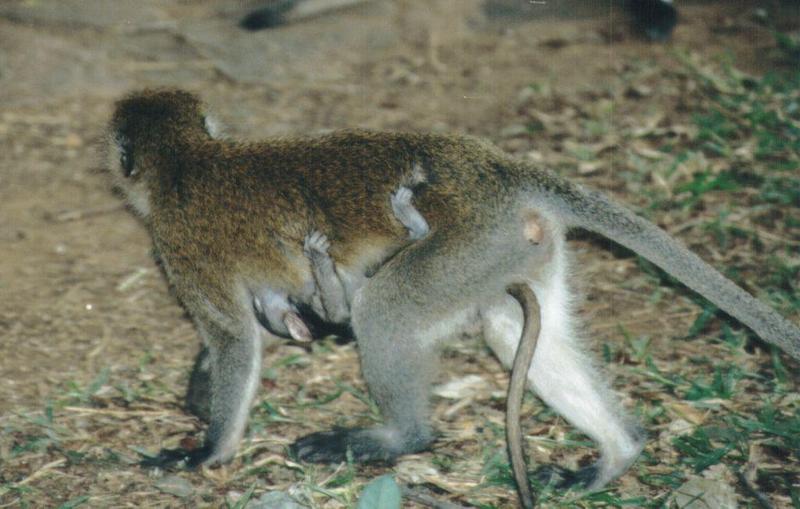|
| 질의: monkey | 결과: 1251번째/1647 | |
(P:\Africa\Primate) Dn-a0688.jpg (1/1) (98 K)
| 제목: | (P:\Africa\Primate) Dn-a0688.jpg (1/1) (98 K)
| | 올린이: | Darren New (dnew@san.rr.com)
| |

| 파일크기 : 95550 bytes
File date : 2001:02:17 20:37:45
해상도: 1024x652
Jpeg process : Baseline
Posted Newsgroups: alt.binaries.pictures.animals
Posted 촬영일: Sun, 11 Feb 2001 18:31:52 GMT |
ERROR : Server Busy(-1105)
ERROR : Server Busy(-1105)
(P:\Africa\Primate) Dn-a0688.jpg (1/1) (98 K) |
^o^
동물그림창고 똑똑전화 누리집
^o^
|
|

